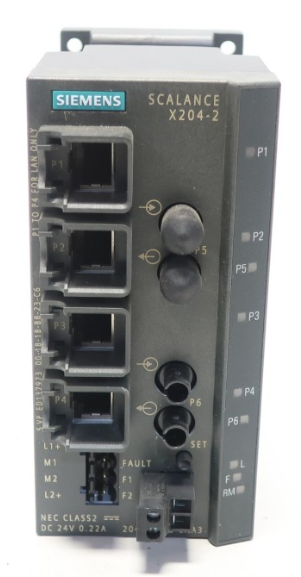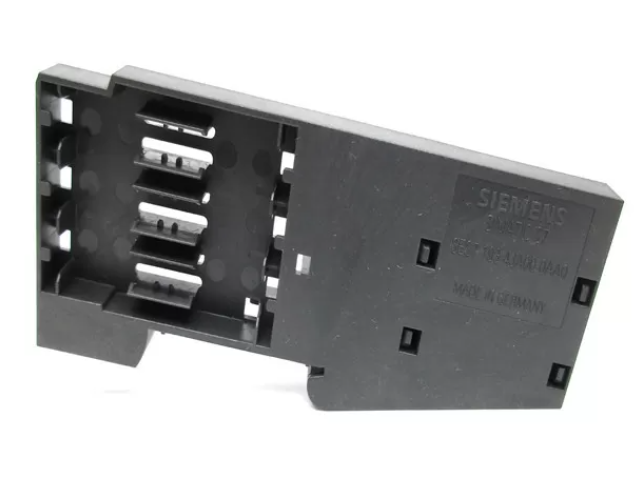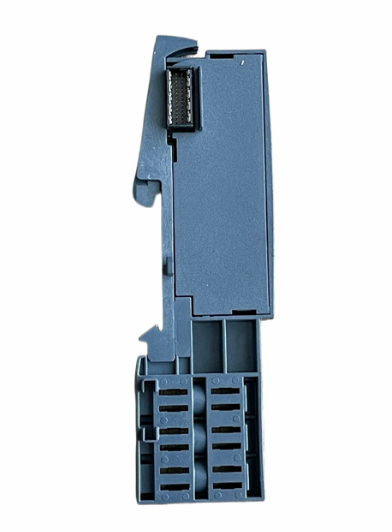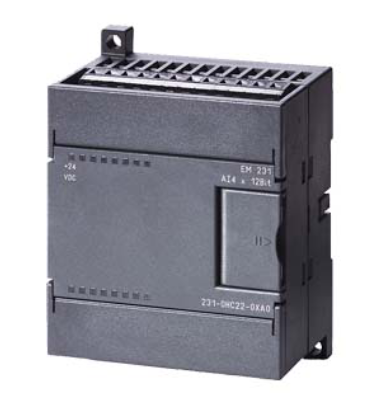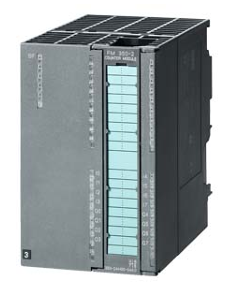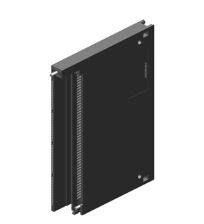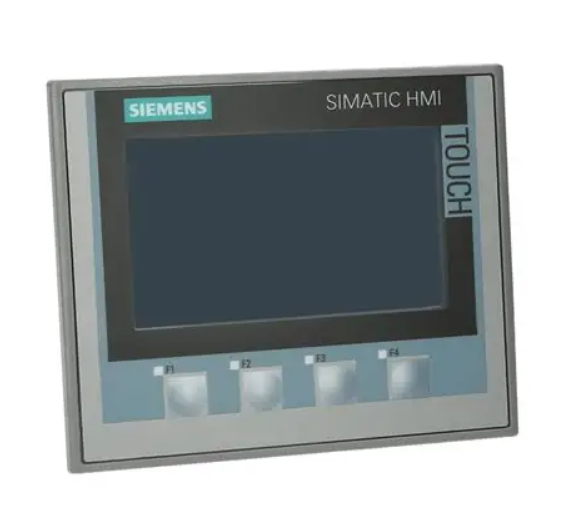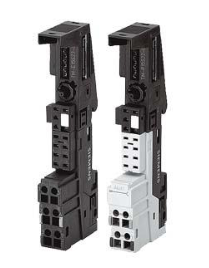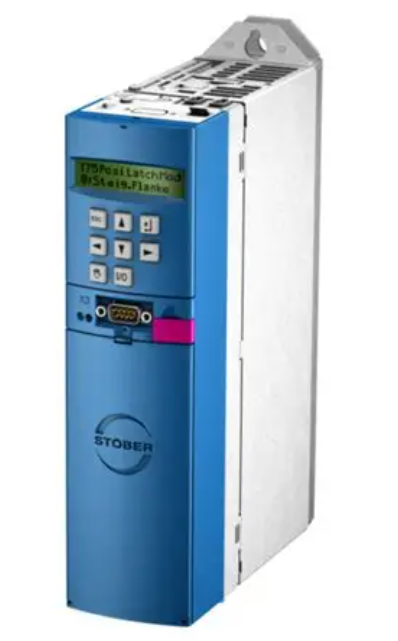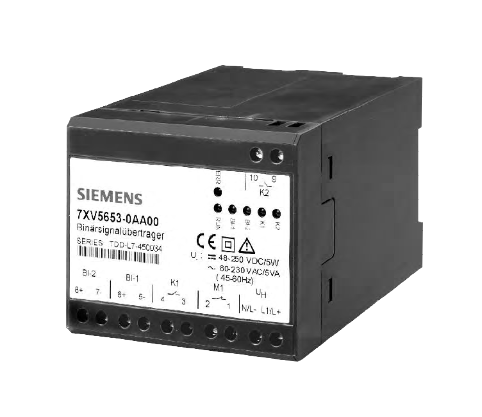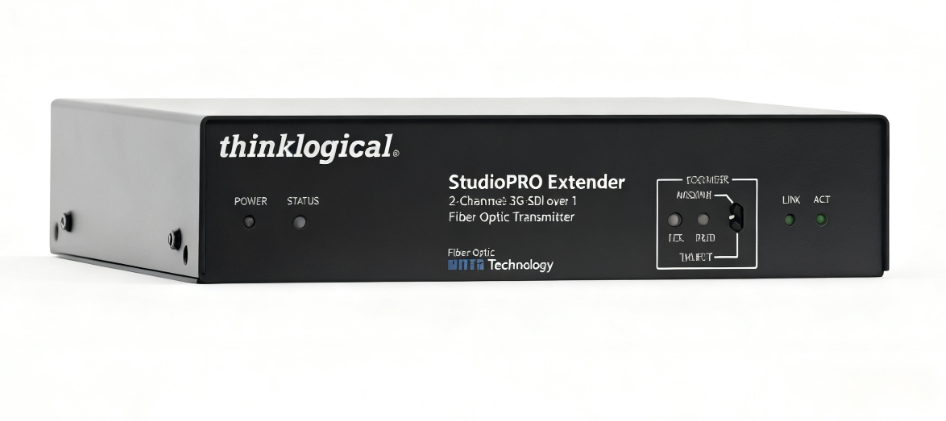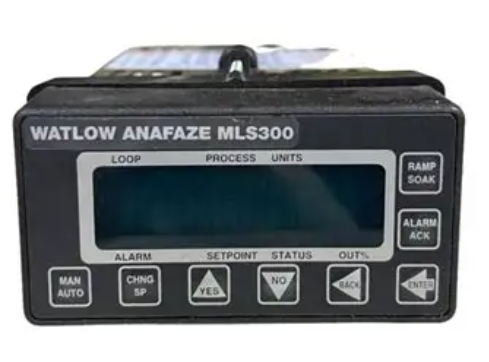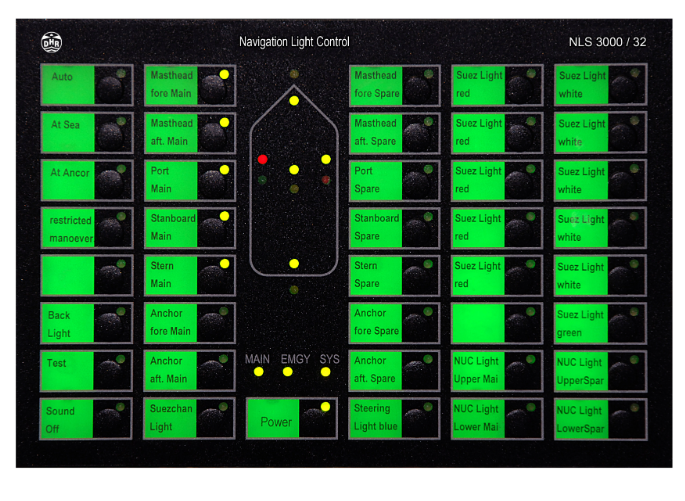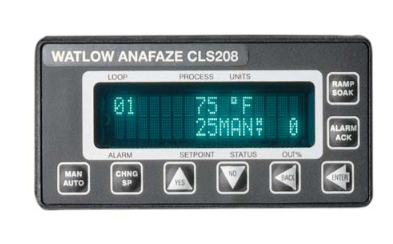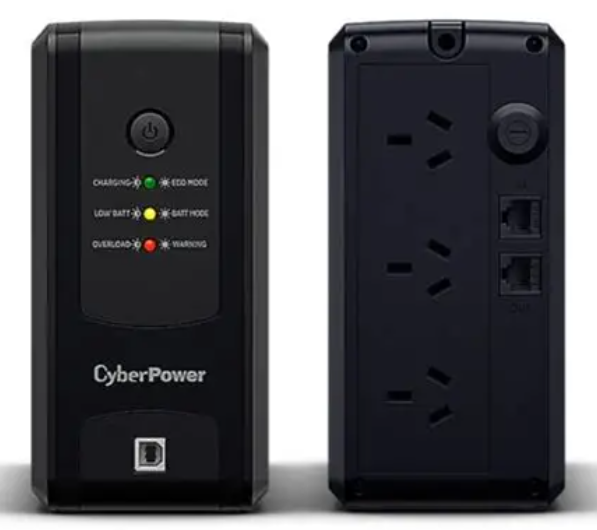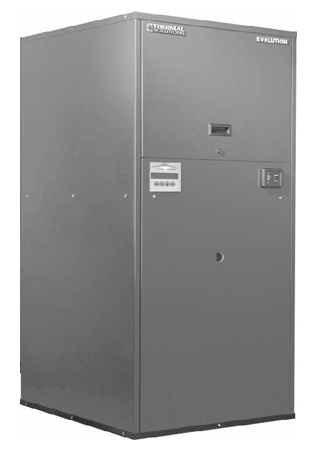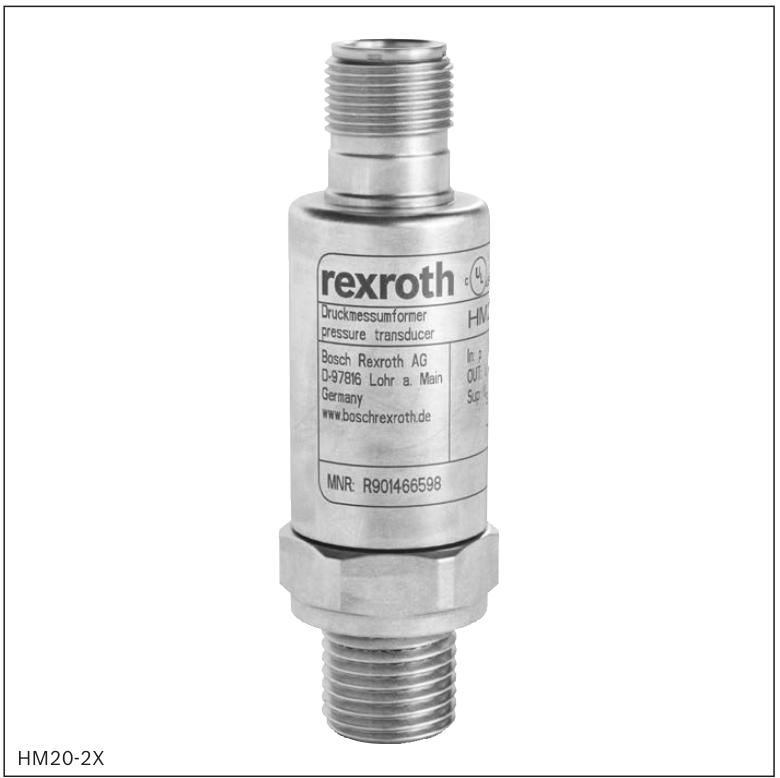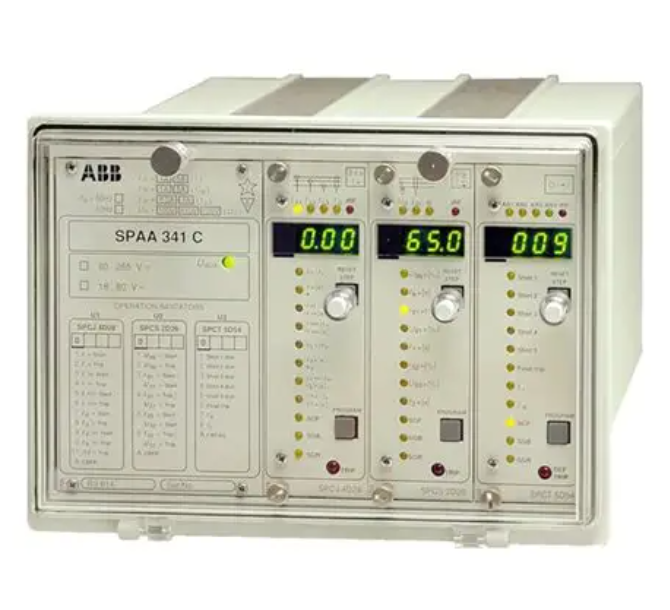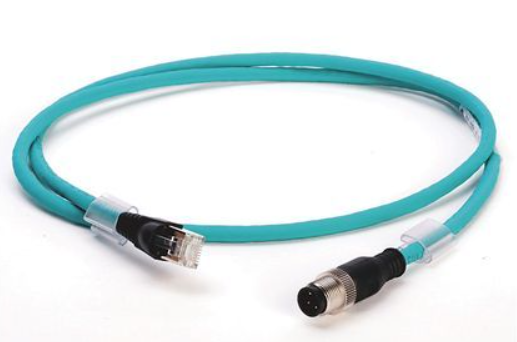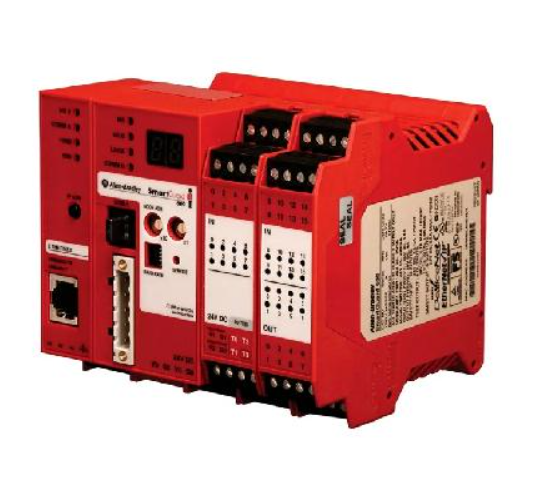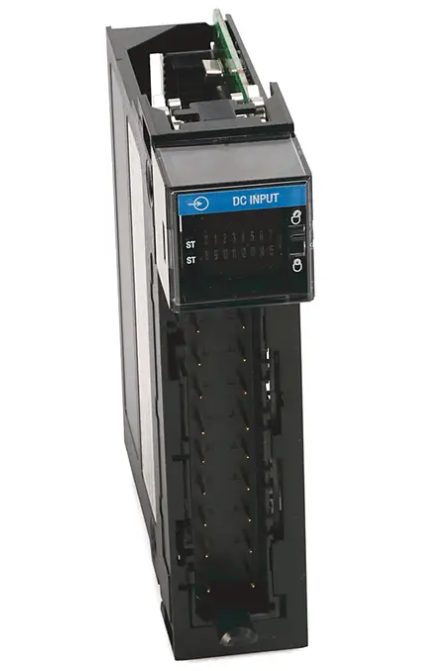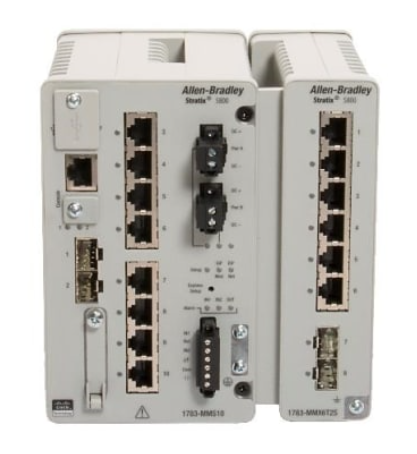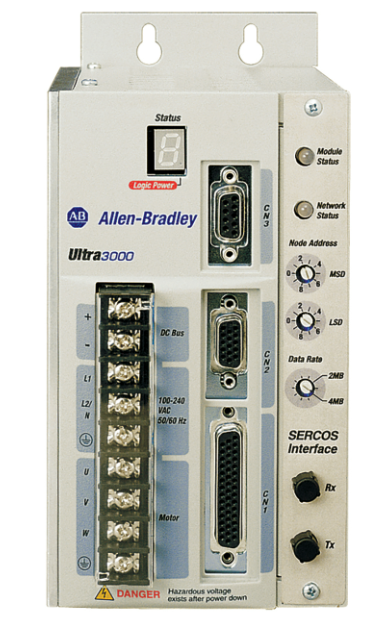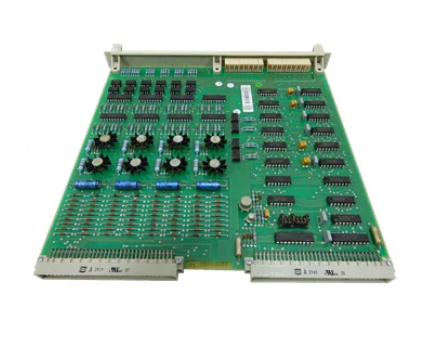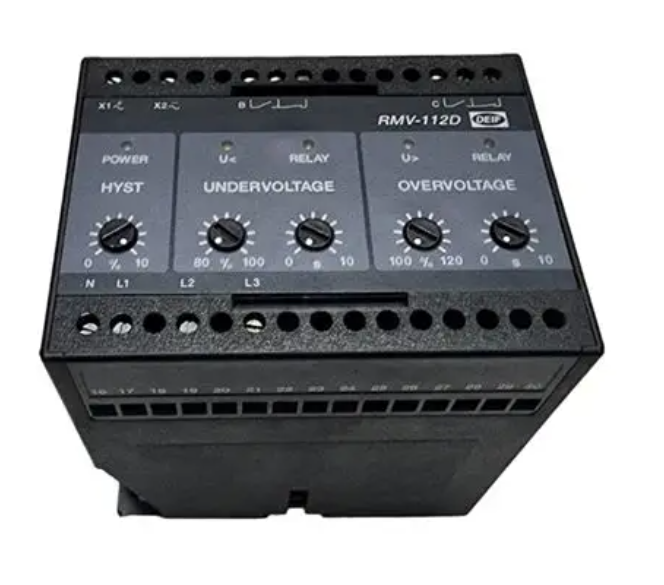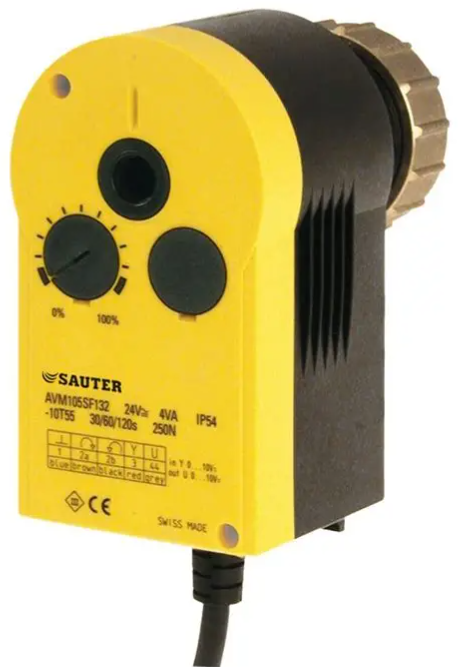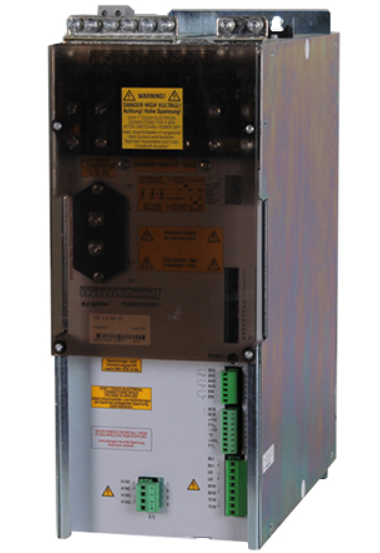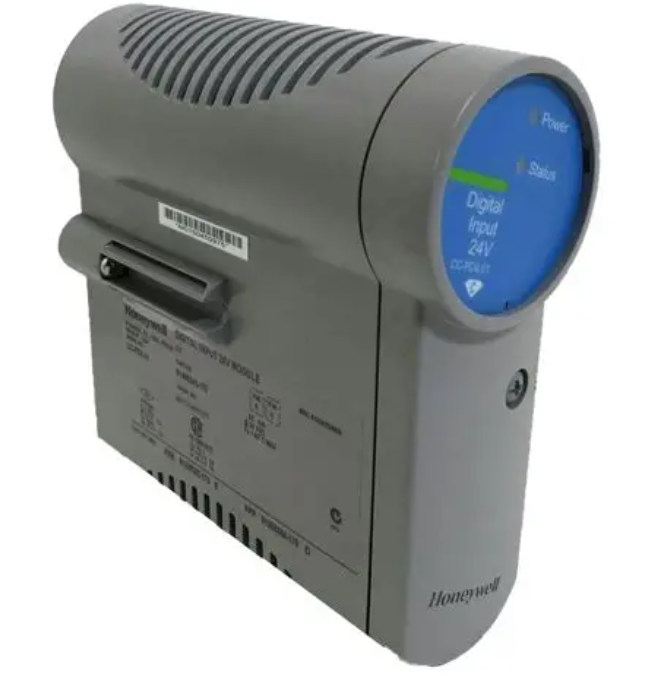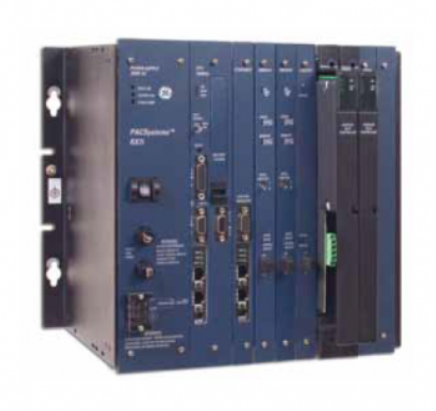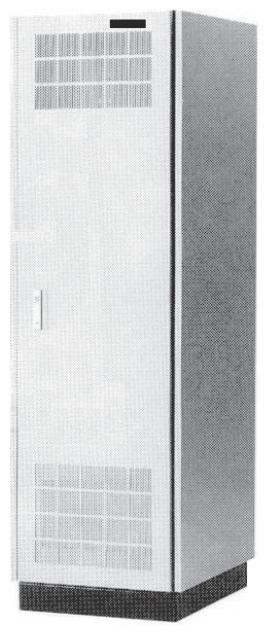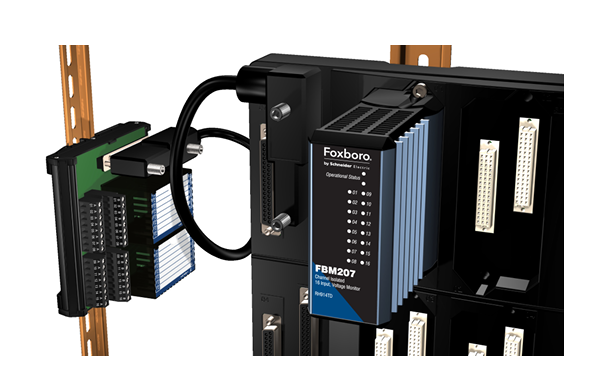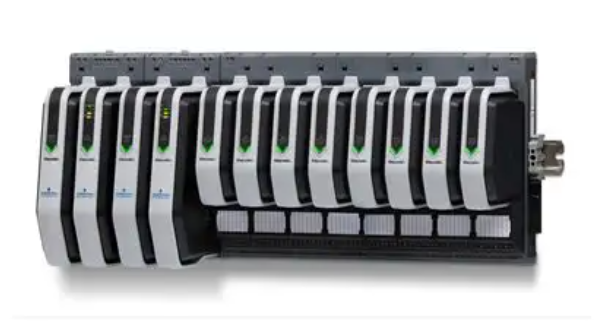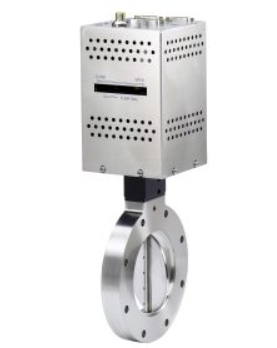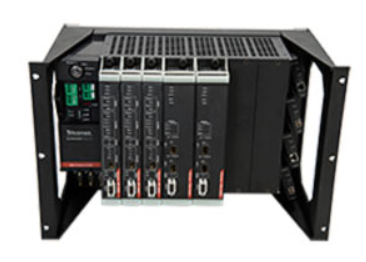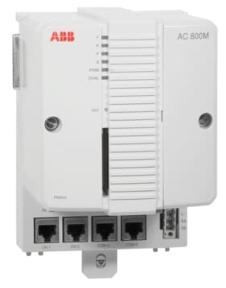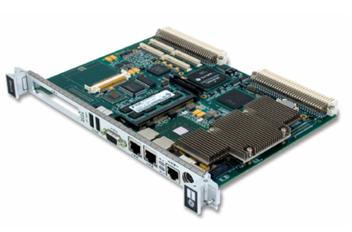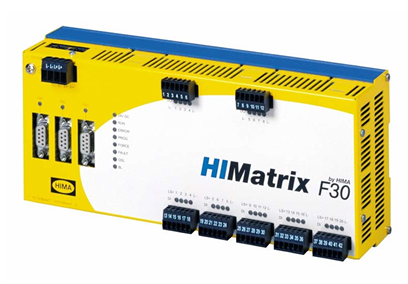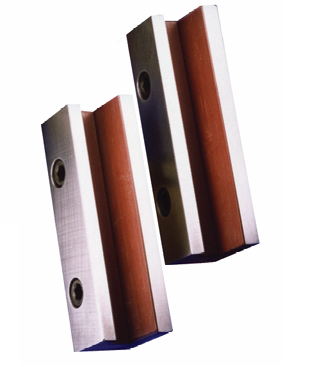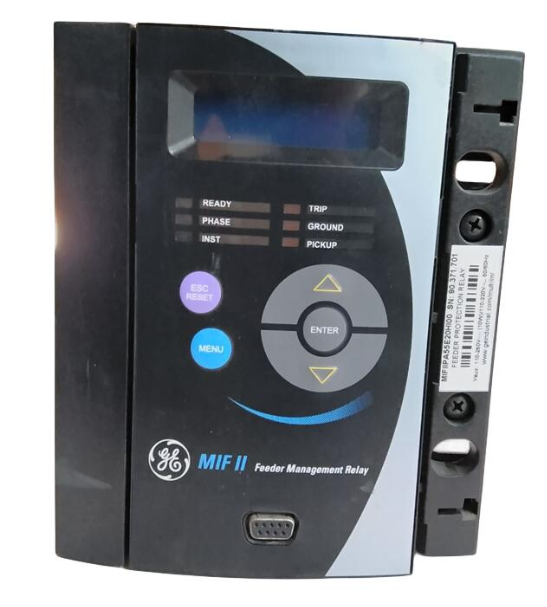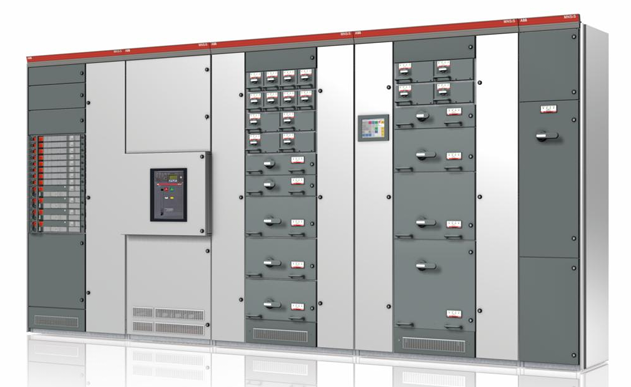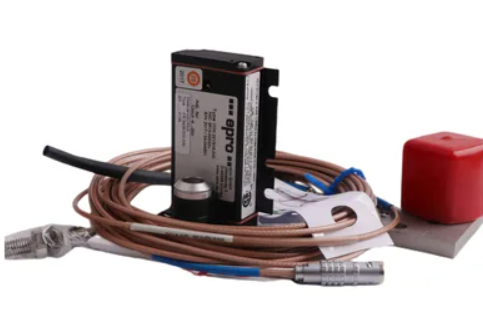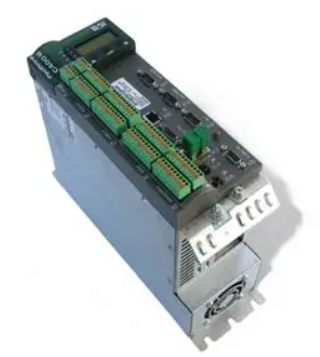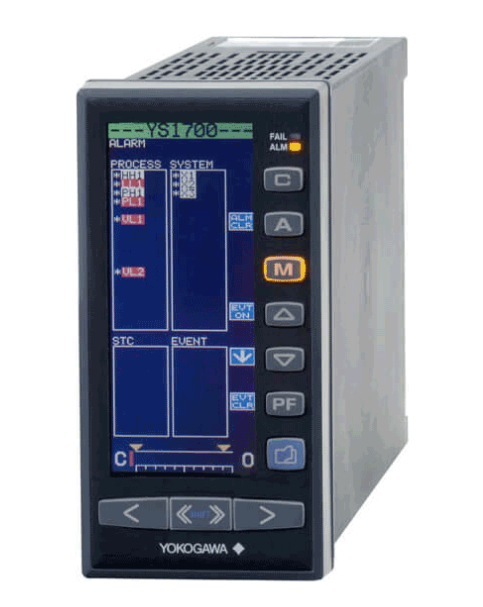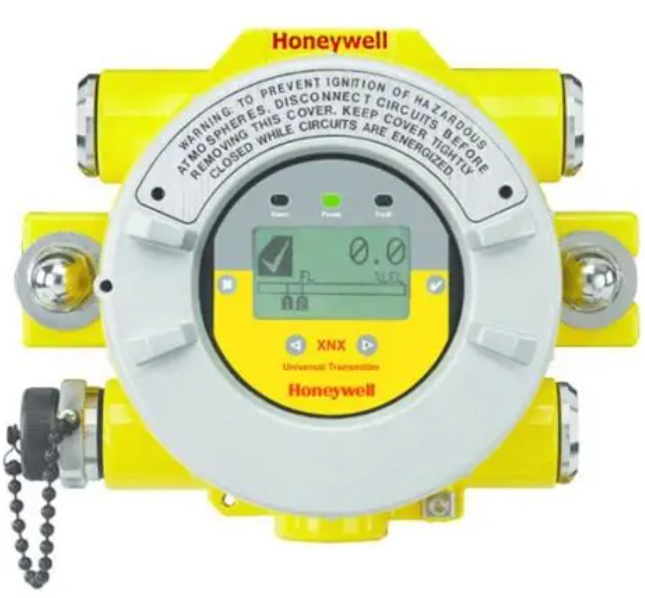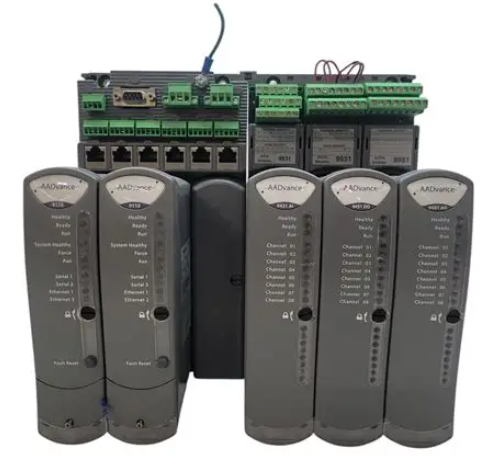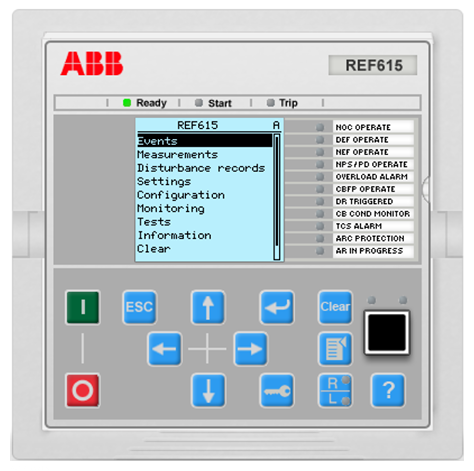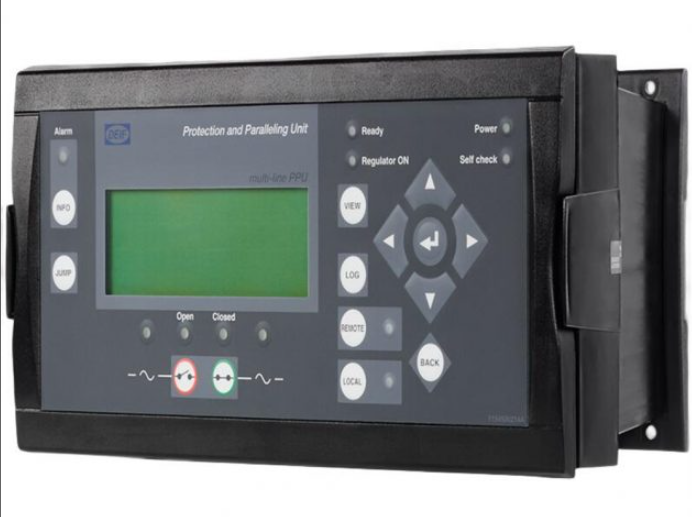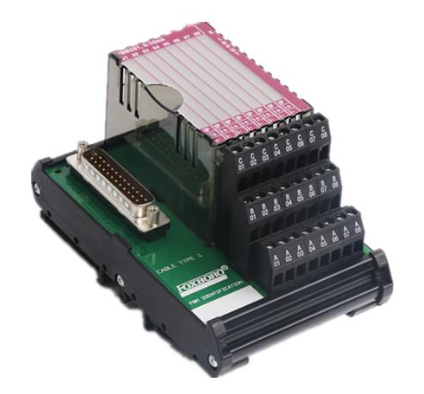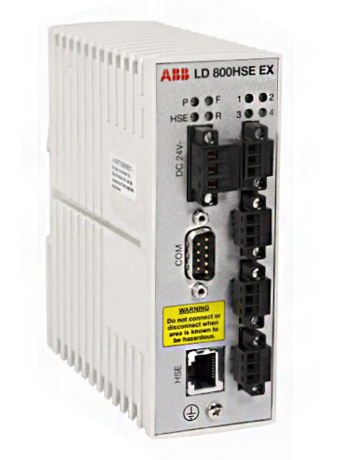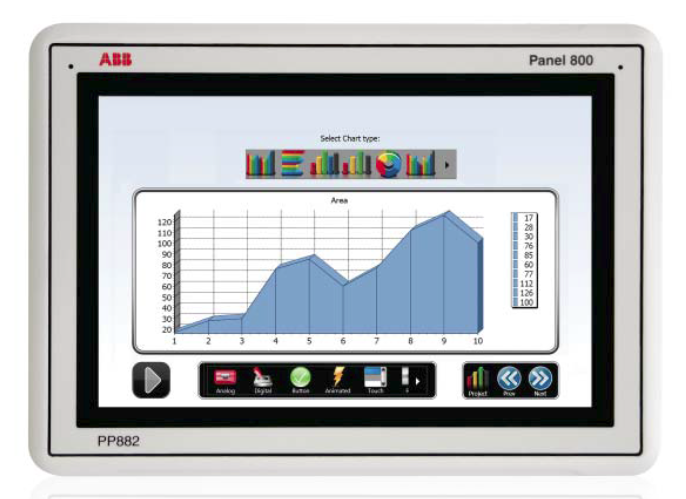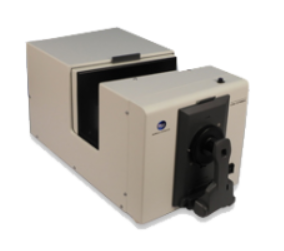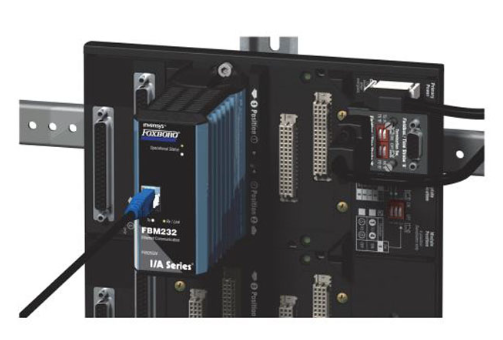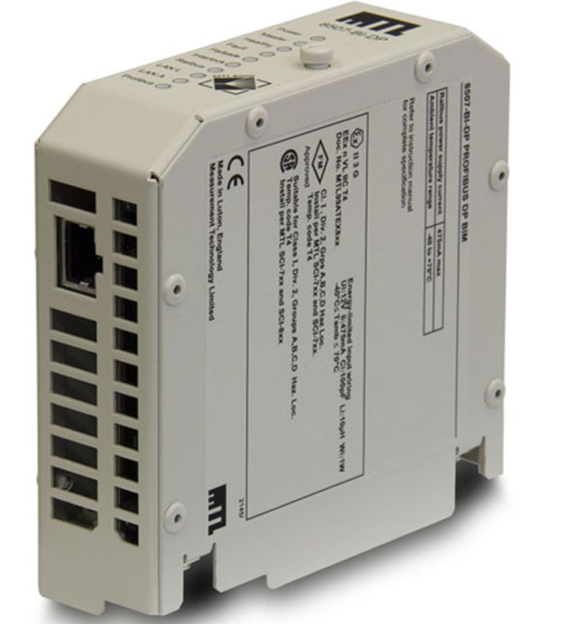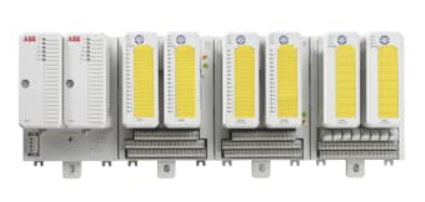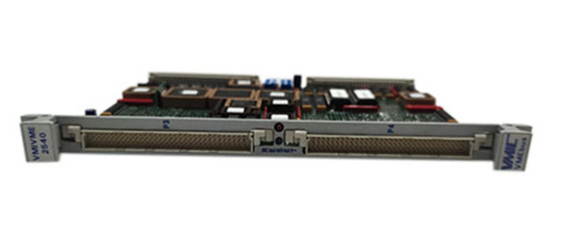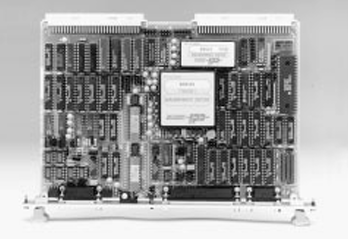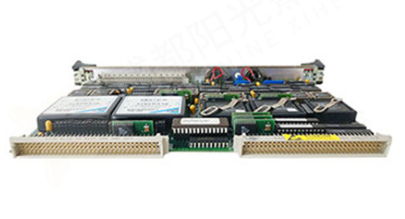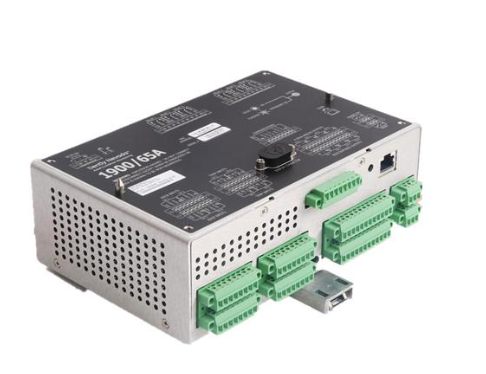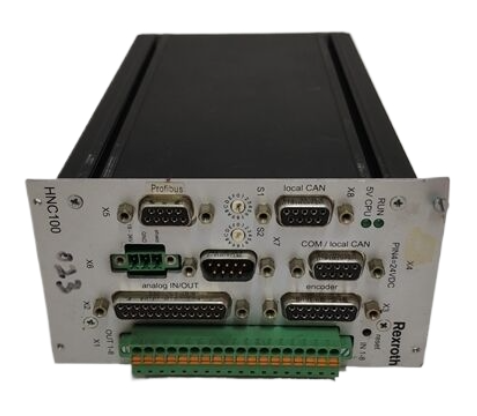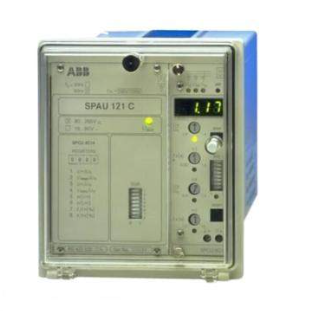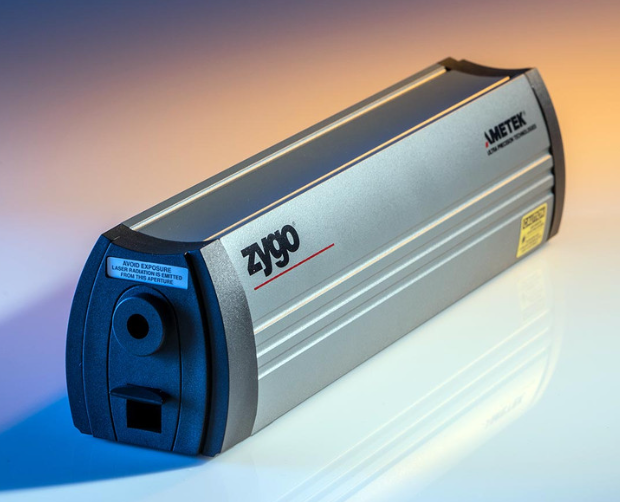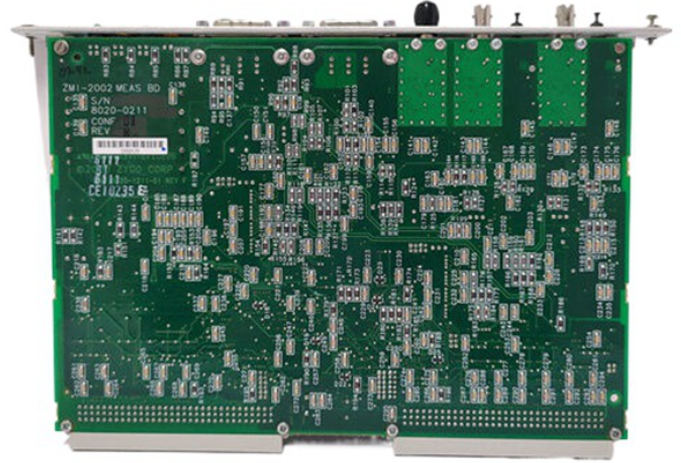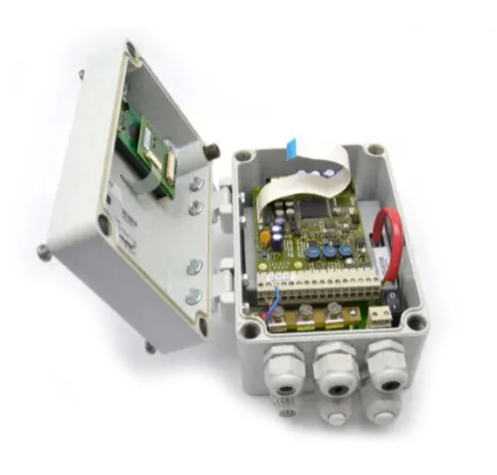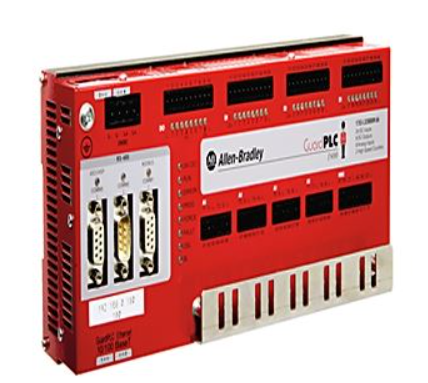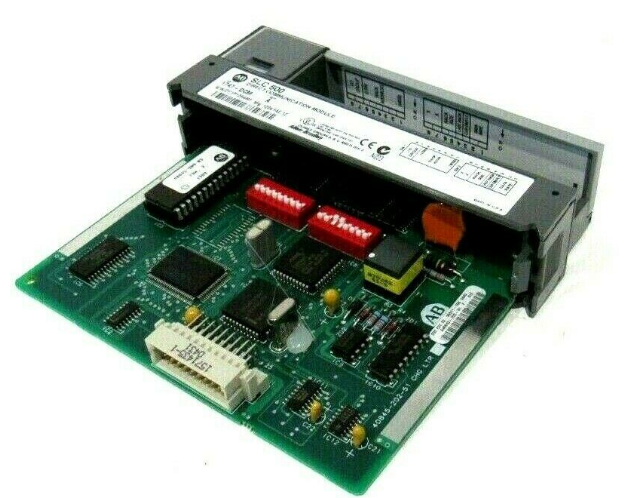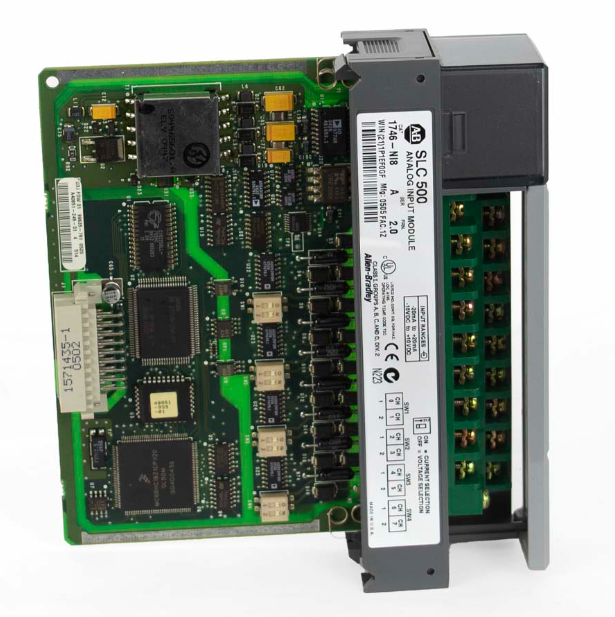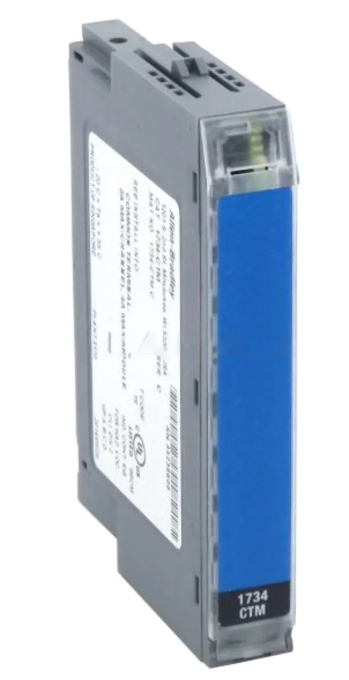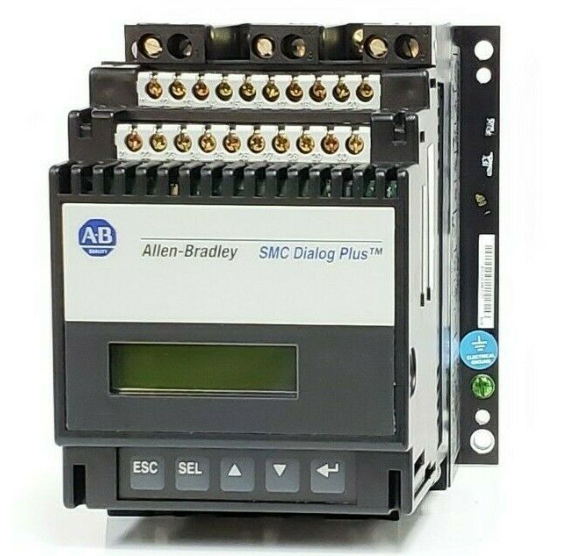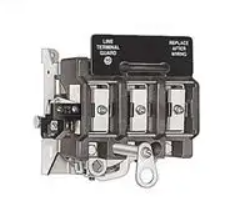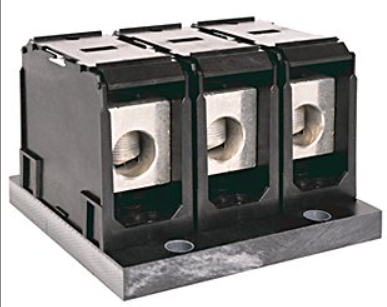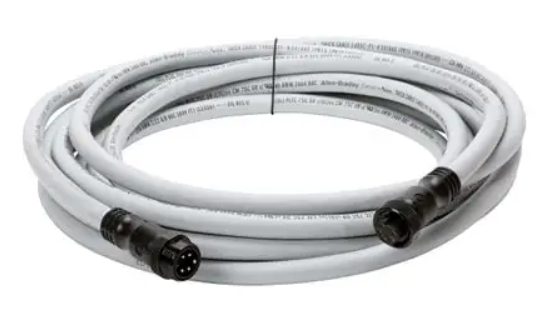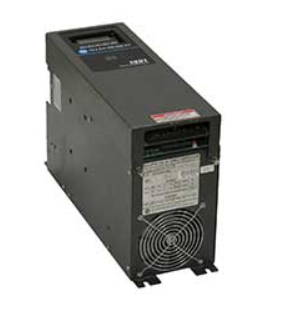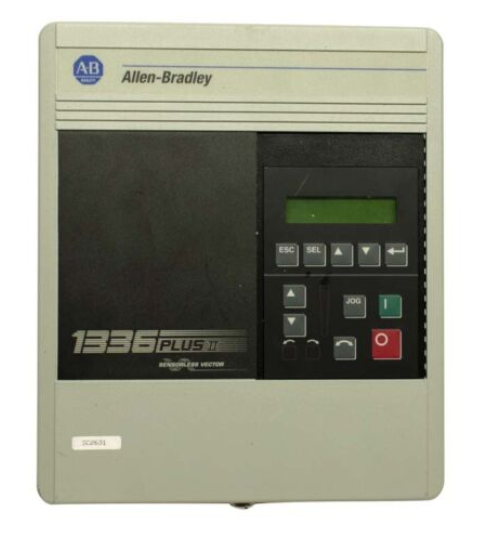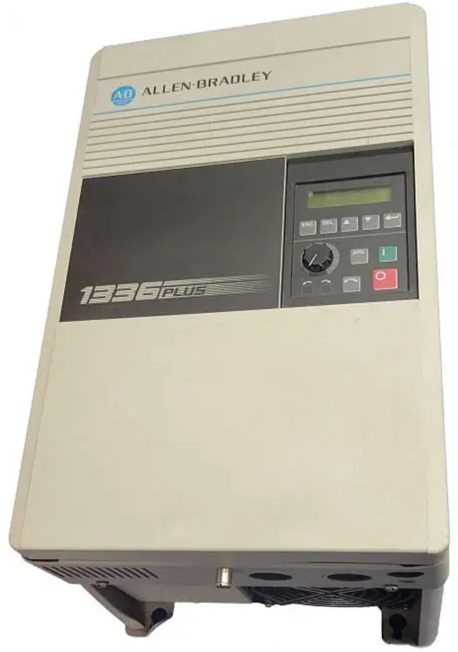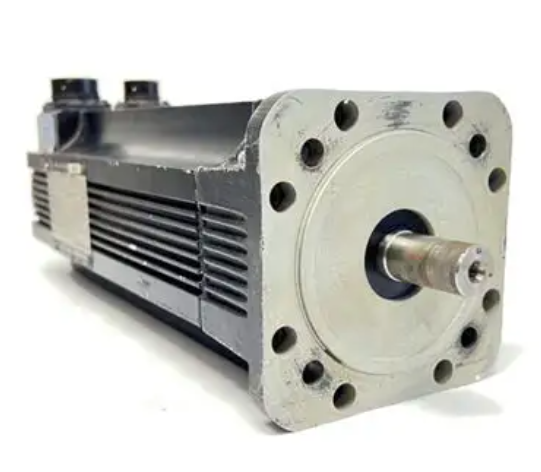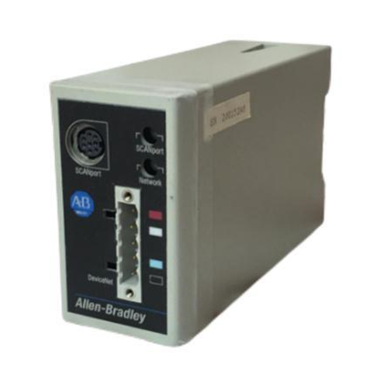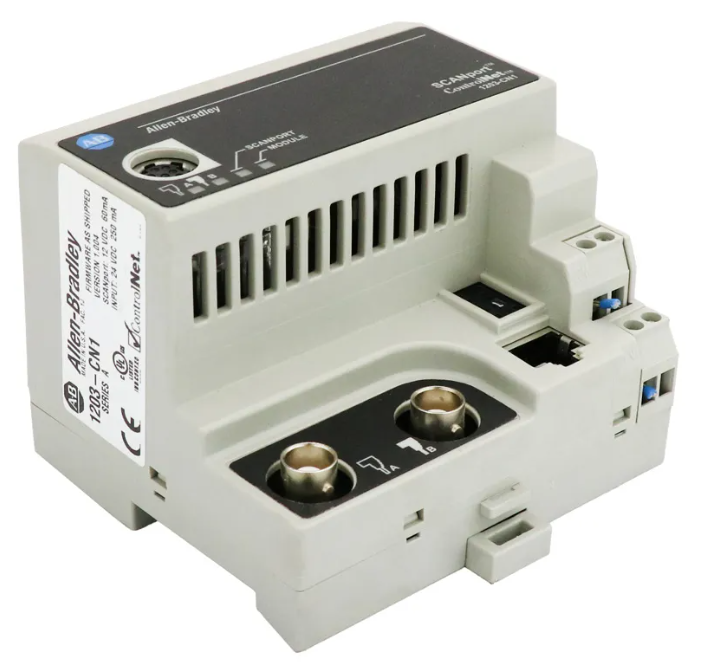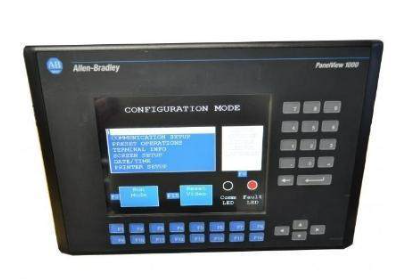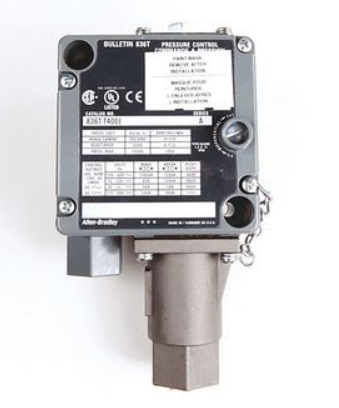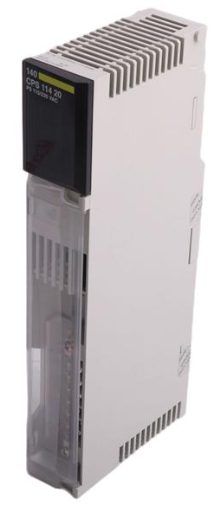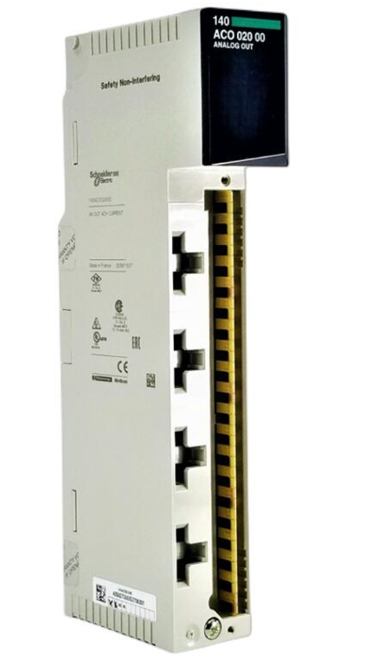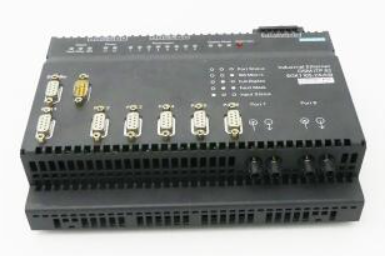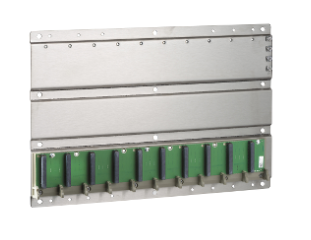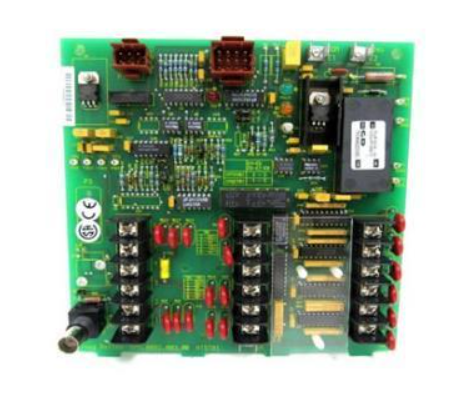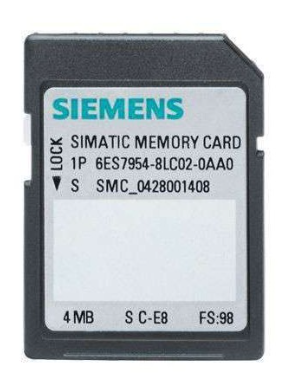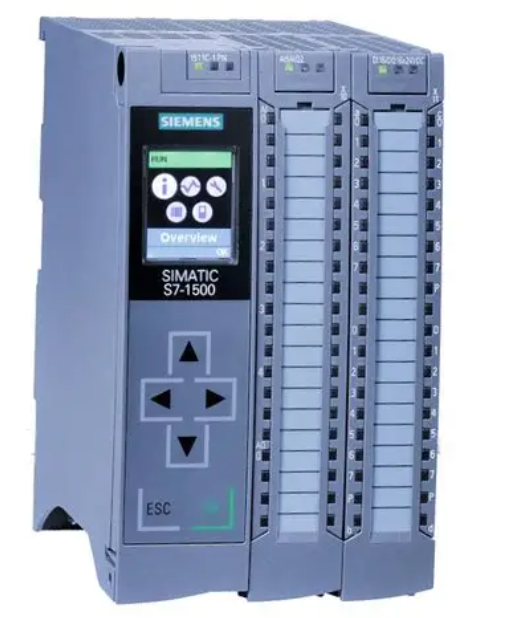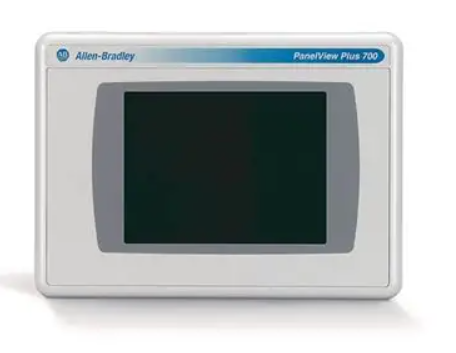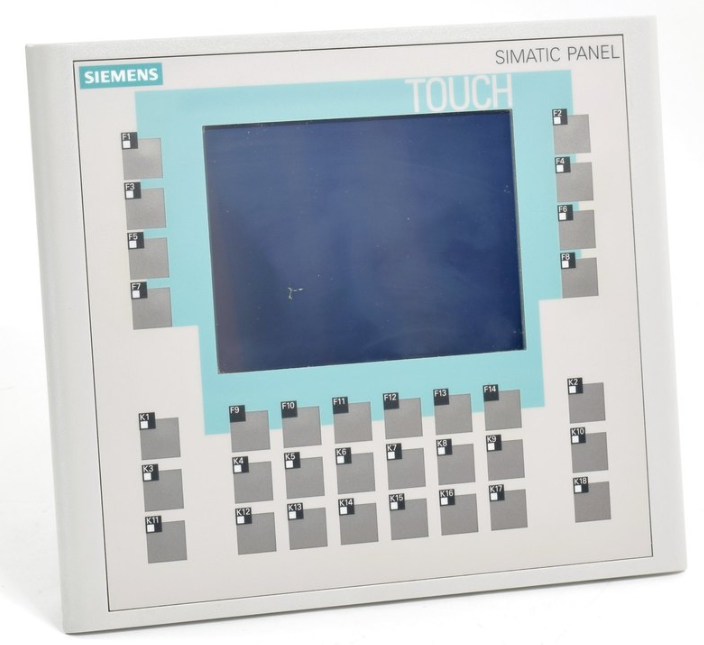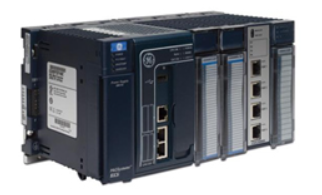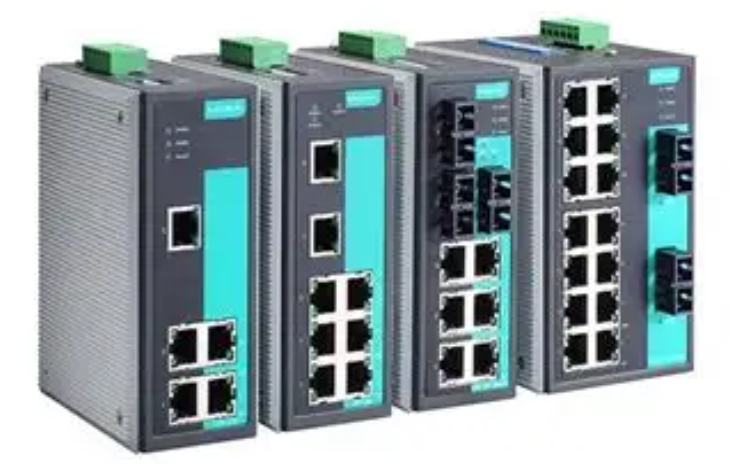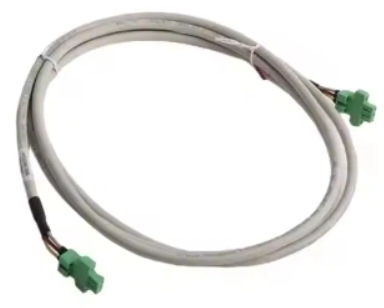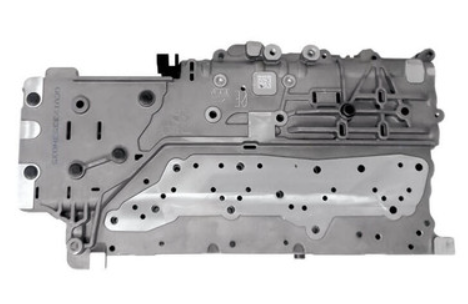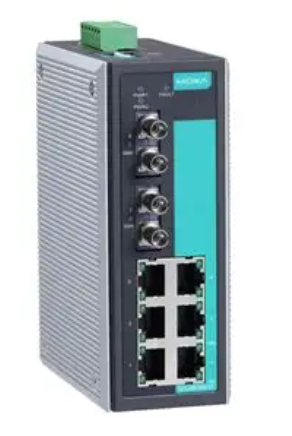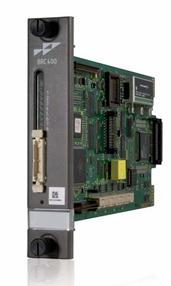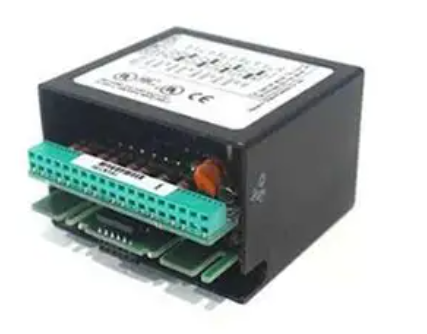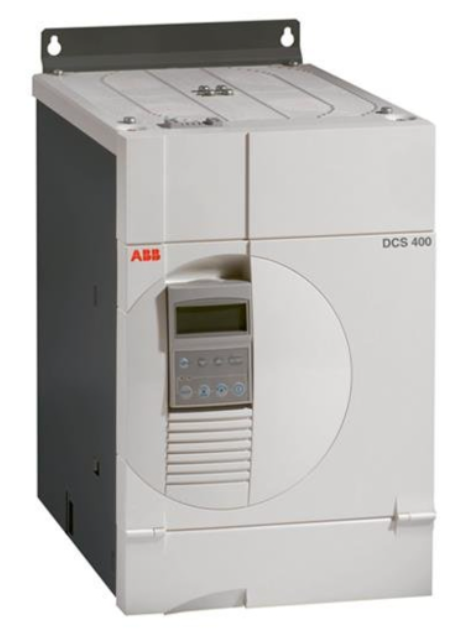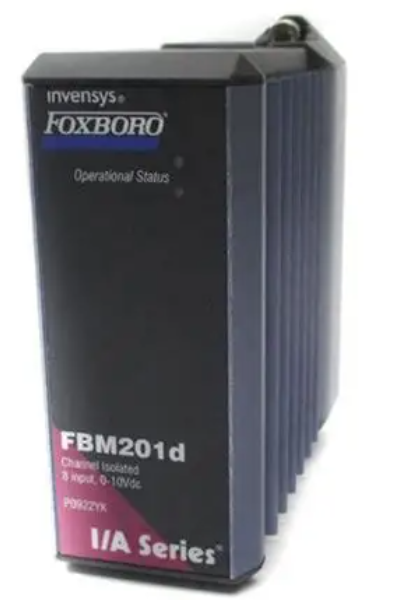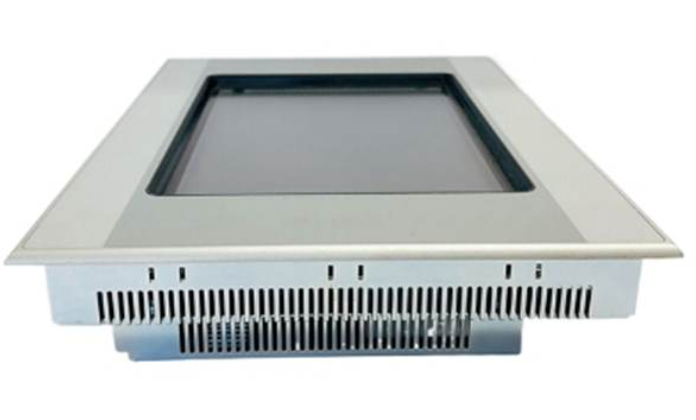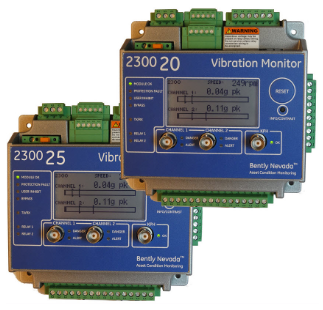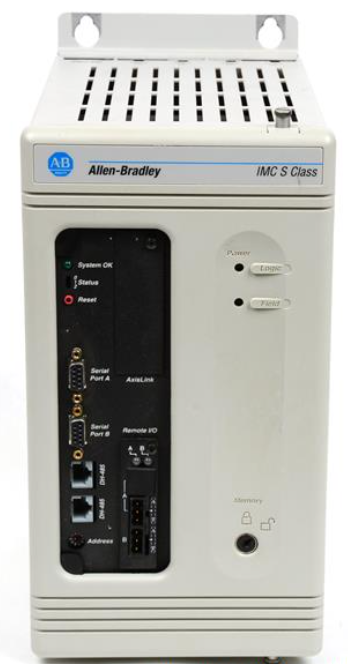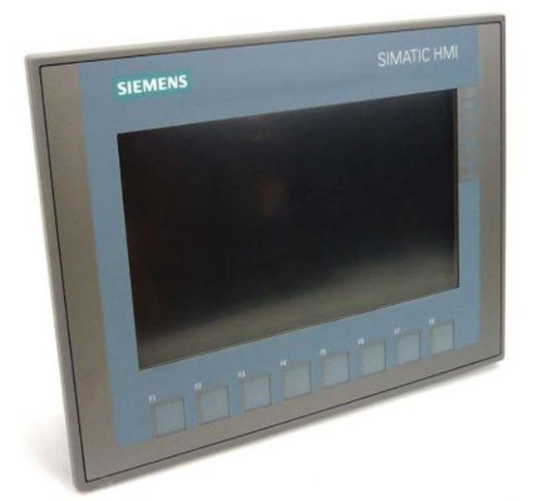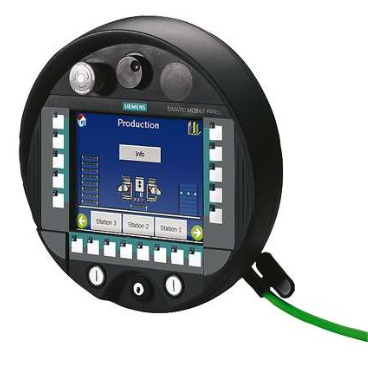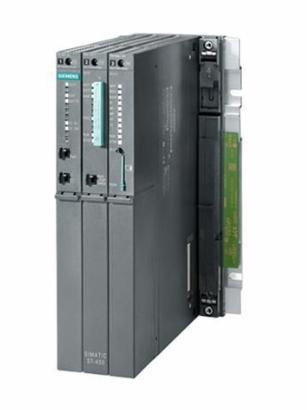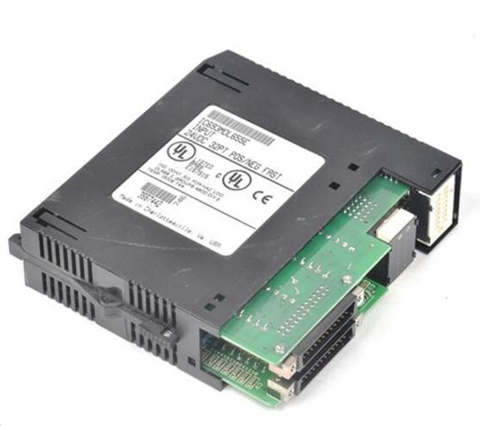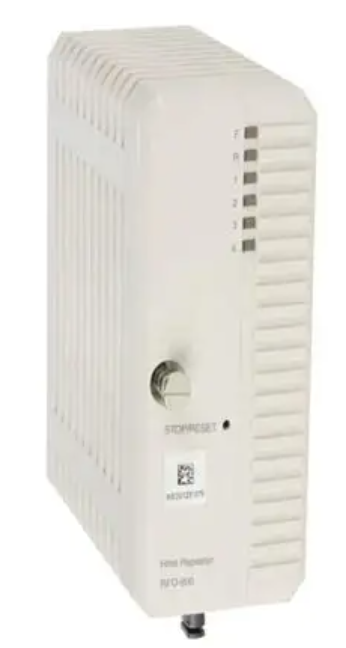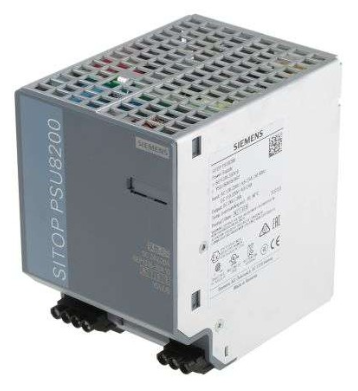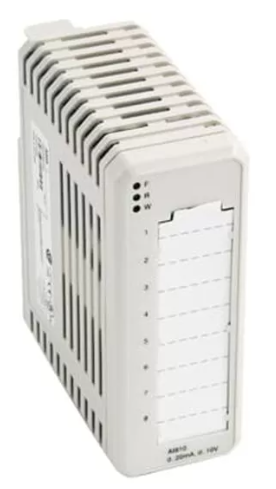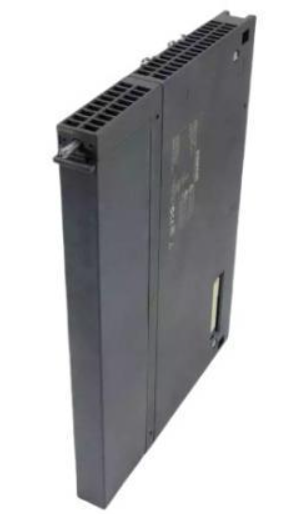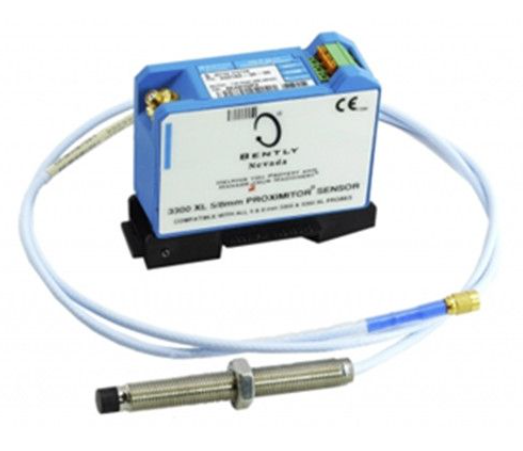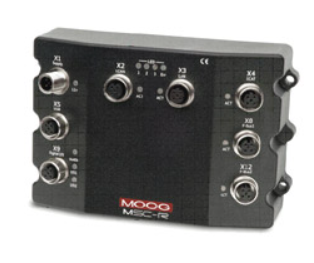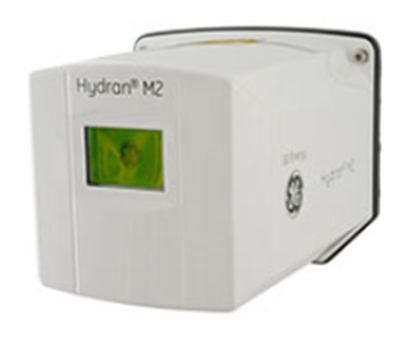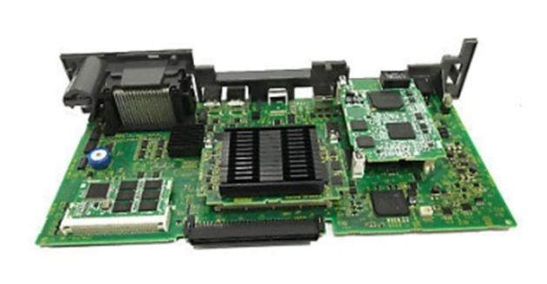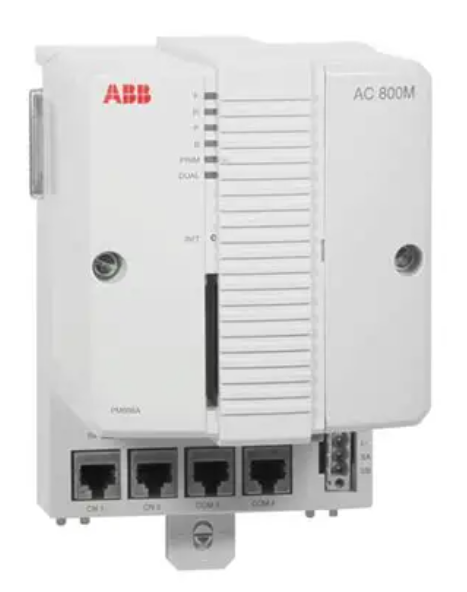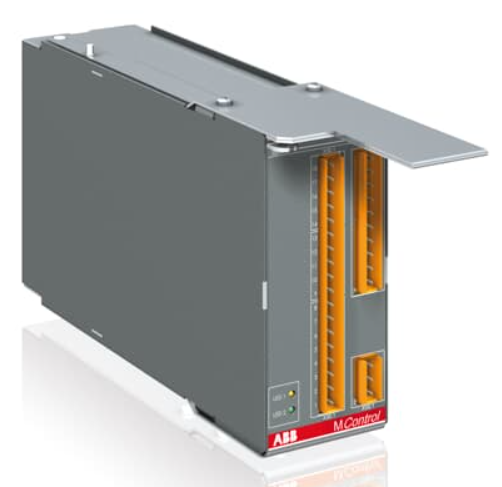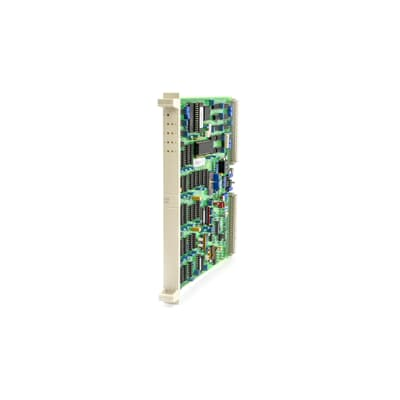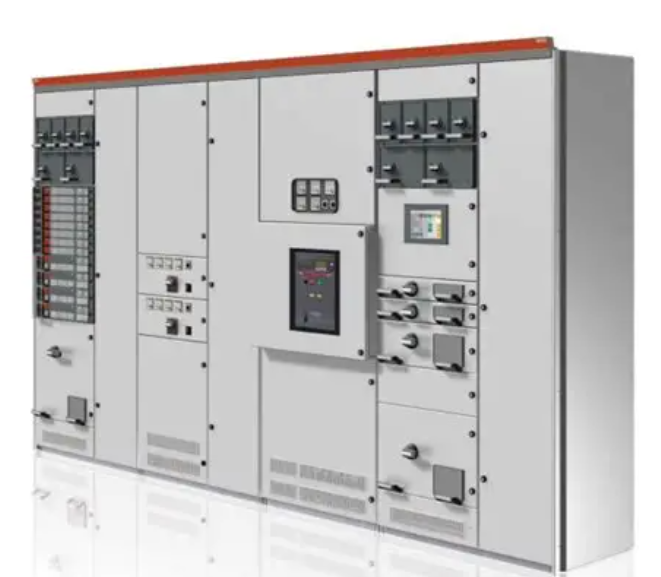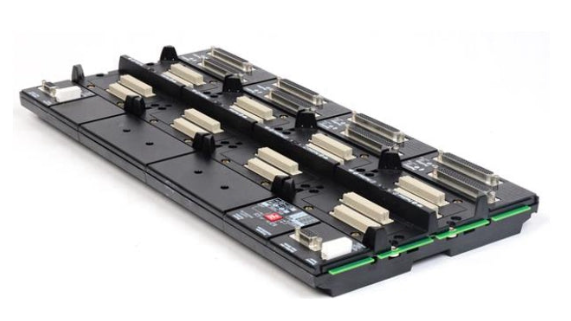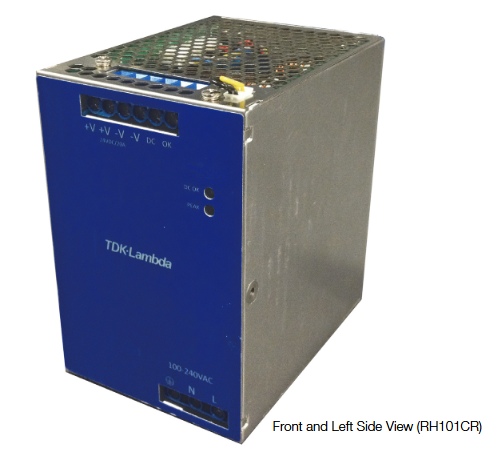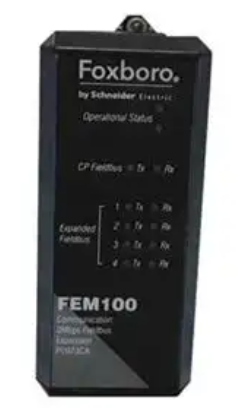

K-WANG


- Telephone:+86-15305925923
- contacts:Mr.Wang
- Email:wang@kongjiangauto.com
Manufacturers
ABB
Model(s)
ABB Advant Controller 31, ABB Advant OCS
Additional Information
The basic unit 07KT94 with order number GJR5252100R0161 has ArcNet.
Estimated Shipping Size
Dimensions: 10.0" x 4.0" x 6.0"
(25.4 cm x 10.2 cm x 15.2 cm)
Weight: 1 lbs 10.1 oz (0.7kg )
Tariff Code: 8537109060
Country of Origin: Germany
Ships from Webster NY, USA
ABB GJR5252100R0161 Advant Controller 31 Basic Unit - 07KT94
Basic Information
Model Number: GJR5252100R0261 07KT94, where GJR5252100R0261 is the specific model number of the controller and 07KT94 represents its type number in the Advant family.
Product Status: In stock at some suppliers, e.g. Runto Electronic has 1 unit in stock.
Performance features
Rich configuration of inputs and outputs: For digital inputs and outputs, it has 24V DC digital inputs (DI) and digital outputs (DO), and the current of the digital outputs is 0.5A, which can satisfy the needs of processing various digital signals; For analog inputs and outputs, it supports analog inputs/outputs (AI/AO) of various types of signals, such as voltage/current (U/I), which can flexibly cope with different analog control tasks. The internal structure is reasonable.
Rational internal architecture: Modular design, consisting of passive device connection units mounted side-by-side on DIN top rails, which extend the internal modular bus step by step and provide screw terminals for connecting all input and output process cables, facilitating system expansion and wiring.
Strong communication capabilities: communication with each other via Advant Fieldbus 100 and with other processing stations via standard twisted-pair cables, support for OPC standards, and the ability to combine with OPC-compatible software for efficient data interaction with different devices and systems.
Technical Parameters
Dimensions: Gross volume is 5.832 cubic decimetres, net weight is 3.72 kg.
Customs code: HS code / commodity code 85371091.
Fields of application
Industrial automation: Suitable for automation control in various industrial production processes, such as chemical industry, electric power, iron and steel industry, etc. It can realise precise control and monitoring of production equipment, improve production efficiency and product quality.
Process control system: as the core component of the process control system, it can carry out closed-loop control of analogue quantities such as temperature, pressure and flow to ensure the stable operation of the production process.
Machine and equipment control: It can be used for the automation control of single machine, such as injection moulding machine, printing machine, etc. It can also be applied to the construction of the whole factory automation system to achieve the collaborative work and centralised management of multiple equipments.
Product Overview
Product Series and Model Number: ABB GJR5252100R0161 belongs to the Advant Controller 31 series of basic units, the model number ‘07KT94’ is used to further identify the product in the series of specific specifications or application scenarios related information. This is a device that plays a key role in industrial automation control systems.
Functional positioning: as a basic unit, it is the core component of the whole control system and is mainly used to receive various sensor signals, execute control algorithms, and output control instructions to actuators to achieve automated control of industrial processes. For example, in the automated production line of a factory, it can coordinate the operation of robots, conveyor belts, processing equipment, etc. to ensure the smooth running of the production process.
Performance Characteristics
Processing power and speed
Efficient data processing: Equipped with an advanced processor, it can quickly process signals from multiple input channels. It can receive and process a large number of digital and analogue signals at the same time. For example, in a complex chemical production scenario, it can process signals from temperature sensors, pressure sensors, flow sensors and other sensors at the same time, and complete complex calculations and decisions in a short time.
Multi-tasking capability: Supports multi-tasking and the ability to run multiple control programmes and tasks at the same time. For example, while controlling the production equipment, it can also perform tasks such as data logging, fault diagnosis and communication with the host computer, effectively improving the overall efficiency of the system.
Input and output interface functions
Abundant interface types: There are multiple types of input and output interfaces to accommodate the connection of different types of equipment. Including digital input interface, used to receive digital signals from devices such as switches, buttons, proximity switches, etc.; digital output interface, which can drive digital devices such as relays, indicator lights, solenoid valves, etc.; analogue input interface, capable of connecting to analogue sensors, such as temperature sensors (output as voltage or current signals), pressure sensors, etc., and converting the analogue signals into digital signals for processing; analogue output interface, used to Analogue output interface for controlling devices that require continuous adjustment, such as control valves, frequency converters, etc.
Interface expandability: Provide interface expansion function, can increase the number of input and output points by adding expansion modules. This is very convenient for system upgrading and expansion, for example, when the factory needs to add new production equipment or monitoring points, just add the corresponding expansion module, you can easily connect the new equipment to the control system without replacing the entire controller.
Communication Functions
Communication interface diversity: may be equipped with a variety of communication interfaces, such as Ethernet interface, RS-485 interface, RS-232 interface and so on. Ethernet interface supports high-speed and long-distance data transmission, which is convenient for connecting the controller to the factory LAN or the Internet for remote monitoring and management.RS-485 and RS-232 interfaces are commonly used communication interfaces in the industrial field, which can be used for connecting other devices, such as human-machine interfaces (HMI), other controllers, or smart meters, etc., to build a fieldbus network.
Communication protocol support: It supports a variety of industrial communication protocols, such as Modbus, Profibus, Ethernet/IP and so on. This makes it possible to communicate with devices produced by different manufacturers, enhancing the compatibility and openness of the system. For example, in an automation system containing multiple brands of equipment, it can use Modbus protocol to communicate with sensors of one brand, and at the same time use Profibus protocol to communicate with inverters of another brand.
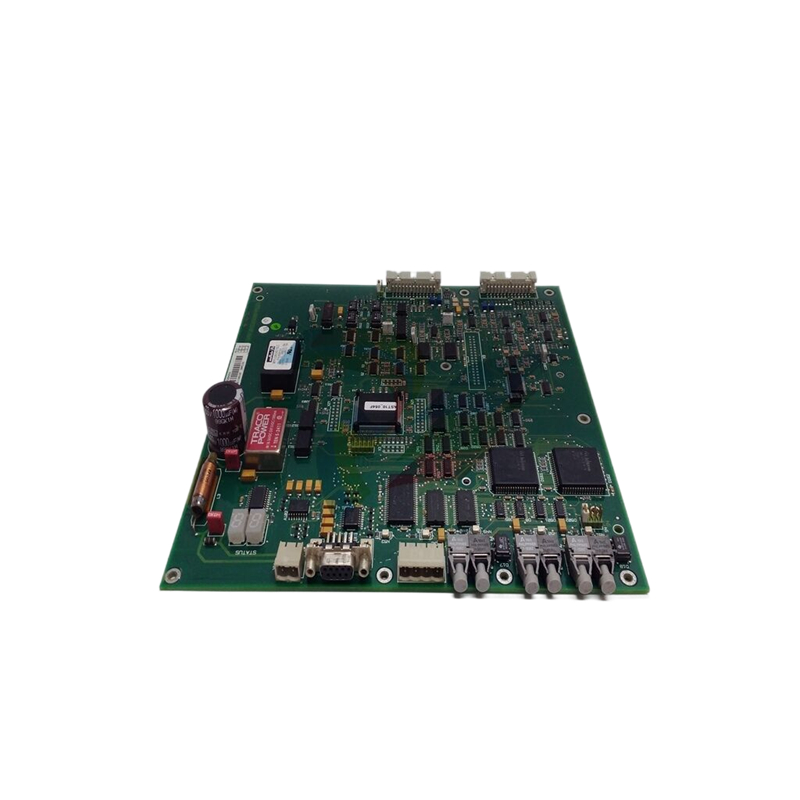
| User name | Member Level | Quantity | Specification | Purchase Date |
|---|






